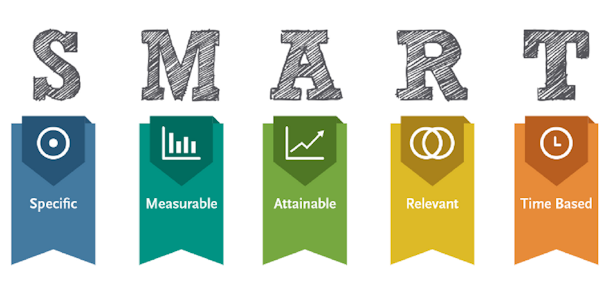10 things to consider when writing a request for proposal
A request for proposal (RFP) gives businesses the opportunity to solicit a number of suppliers for services based on a set brief. It is crucial because agencies rely on the information you provide to build a proposal that meets your objectives. Therefore, a proposal can only be as good as the brief.

Below we’ve illustrated our top 10 key points you should include in your RFP to streamline your selection process and ensure you choose the right agency.
1. Project overview
A project overview is a great place to start. Summarising your RFP into a section no longer than 200 words can be shared with a wider team, and also helps to highlight the key points of your brief that should be the focus areas for the agencies' proposal.
2. Company background
Don’t underestimate the value of your company knowledge – make sure to include an in-depth company background that illustrates your values, mission, unique selling points and past achievements.
Be honest in your brief and include any bumps in the road – eg any previous Google penalties or challenges your business has faced which led to reaching out for support.
3. Goals
Try to be quantitative. It’s all well and good providing an overall vision but how do you envisioning that happening? Think SMART. Specific, Measurable, Achievable, Realistic, and Timely.
Here’s an example:
Increase our customer base to 50 clients in the US over the next five years.
Don’t just include the goals you’d like agency support with, incorporate your overall business goals – but make the distinction between the two.
4. Target audience
Share any data you may already have on your target audience. Have you developed intended personas? If not, what demographic data can you pull from your existing customer data or social media following? Ask yourself the following questions to build a more detailed picture of who you want to reach:
- What online channels do they use?
- What else, besides your brand, are they interested in?
- What other brands do they engage with?
- What devices do they use?
- What do they want from you?
You can use a free template to build your personas and give your agency shortlist a better understanding of your intended audience.
5. Existing marketing activity
What are your other marketing plans for the year? What’s worked well or gone badly in the past? The best campaigns are integrated with your wider marketing mix and overall brand story, so try to include a detailed strategy plan, including events or key calendar dates for potential campaigns.
6. Similar campaigns
Share some campaign examples you like – perhaps one of your previous campaigns or those of competitors. Even include examples from different industries or target audiences if it’s a campaign concept you’d like to replicate.
If it's a briefing for a new website build, include a list of competitor websites and domains, highlighting what you like about them (their design, interactivity, structure, etc)
7. Timeframe
When does the required support start and end? Even break this down to individual campaigns. Agencies can then plan for seasonal campaigns and it also allows forward planning for capacity if they win your RFP.
8. Selection criteria and weighting
How will you grade submissions? What’s crucial for your business plans? Which element will bring the most success? It’s important to define each criterion, so there’s no confusion. Most companies weight their selection criteria – for example, account management 5%, campaign distribution 15%. This tells an agency the priority of each criteria within their proposal.
9. Budget
If you can, it’s usually best to give an idea of budget – the more detailed the better. Break it down by timeframe, deliverable or even objective. It provides clarity on how much emphasis to give each element of the campaign plan.
10. Proposal format and deadline
Finally, in order not to receive a variety of PowerPoint, Word, PDF, or even Excel documents, make it clear what format you’d like the proposal in, where to send it and when for. Try to give an indication of when you will be reviewing the submissions and an anticipated award date.
You can download Zazzle's free RFP template for more detailed points about what to include.
Mark Beaumont is business development manager at Zazzle Media.
Content by The Drum Network member:

Zazzle Media
We've been illuminating content marketing, since 2009. Matching innovative content with a targeted audience of value is our mission.
Our promise, as it always...

